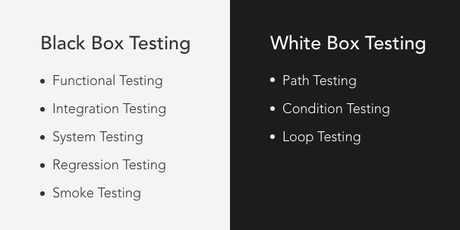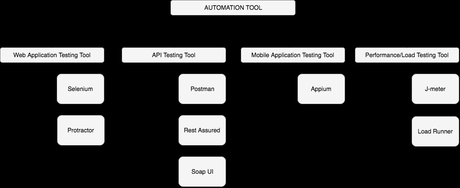Automation Testing & Manual Testing
Mobile has gradually landed itself at a place where everyone is depending on the it for completing their day-to-day tasks. Its a device that not only connects you to people but services and products as well.
These services and products are accessed by people via different applications. To make sure that these applications meet general and specific user requirements, mobile application testing plays very important role.
Earlier applications were tested manually but as the industry is moving toward more automated ways, mobile application testing has also moved towards automation techniques to reduce manual dependency and manual efforts.
Explaining a little bit about how manual testing and automation testing works.
Manual Testing
Manual testing is used for verification and validation of all app functionalities according the business niche requirements.
It includes writing the test cases and its execution by human efforts.
Types of Manual Testing

White Box Testing implies testing of each and every line of code in the program.
Black Box Testing implies verifying the functionality against requirement specifications.
Automation Testing




Automation Approaches For Different Kinds Of Applications

Working With Appium: To be Continued…

